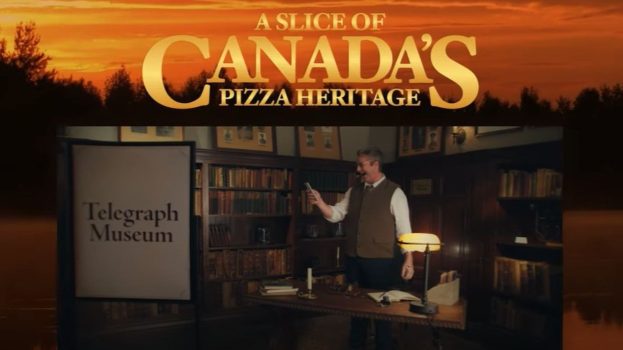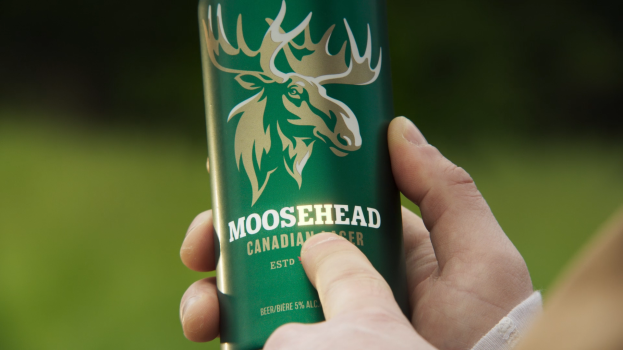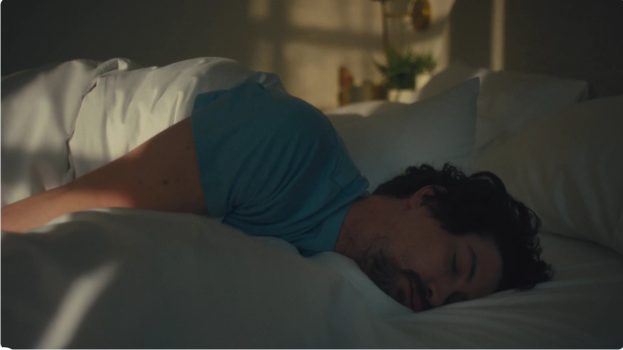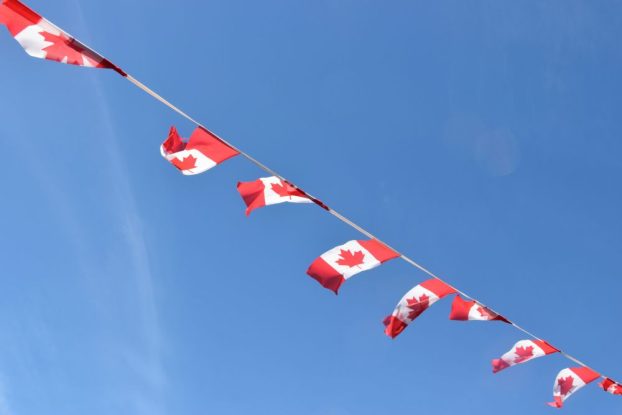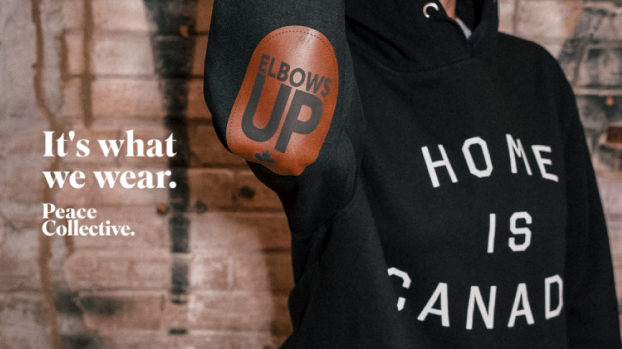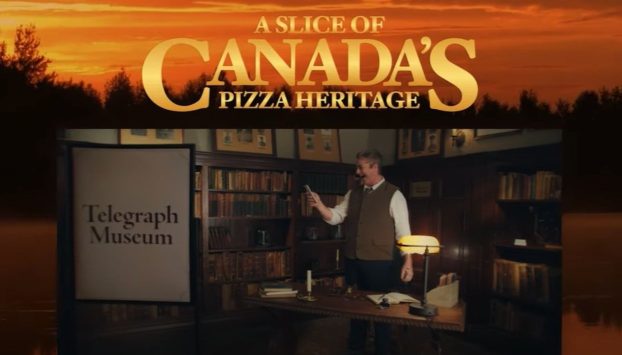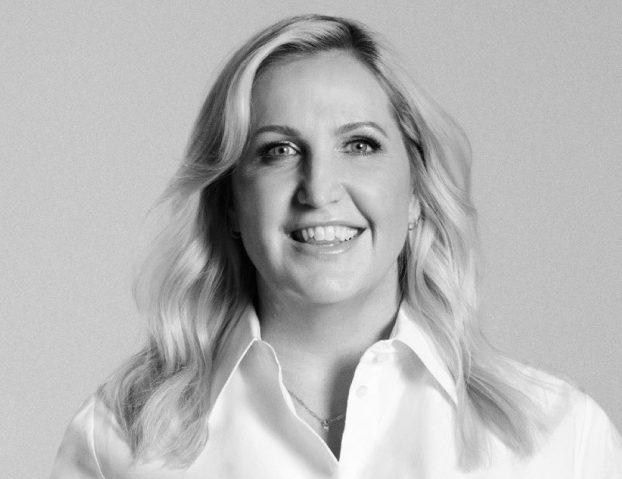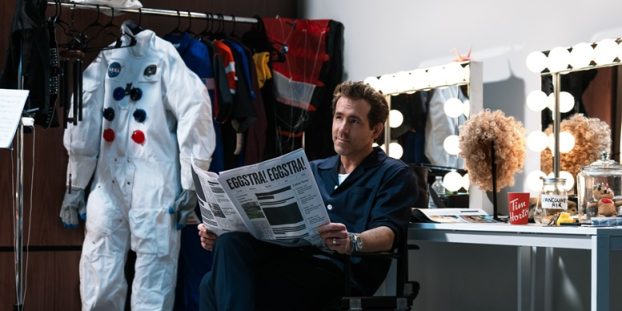By Will Novosedlik
This story originally appeared in the Nov/Dec 2020 issue of strategy.
It’s not unusual for brands to reposition and rebrand. What’s more unusual is for a brand to remain true to its original promise, personality and visual language over 20 years – while remaining fresh and inviting. This is the story of how one of Canada’s most enduringly beloved brands is still as relevant and appealing as it was two decades ago.
In 1998, Alberta-based Telus merged with British Columbia’s BCTel to become what was then the second largest telecom in Canada, with a market share of 22% compared to Bell’s 42%. Two years later, Darren Entwistle became its president and CEO, titles he still holds today. That makes him the longest-serving CEO amongst incumbent telecom companies in the world.
One of his first big decisions was to grow the Telus wireless business by purchasing Ontario-based cellular provider Clearnet in 2000. That decision earned him a lot of criticism from the industry because of the landmark purchase price of $6.6 billion. Critics considered that far too much money for a plucky little regional mobility player. But Entwistle saw something else, something far more valuable than just a network. He saw a brand.
Telecoms and tech companies have, at their core, engineering cultures. With all due respect to engineers, brand is not generally a high priority for them. Focused as they are on keeping up with the hard math and science of rapidly evolving network technologies, many communications providers are not as comfortable in the soft, fuzzy world of customers and marketing.
While his MBA and diploma in network engineering suggest that Entwistle squarely fits the traditional profile of a telecom executive, his instincts tell another story. What Entwistle saw in Clearnet was a highly differentiated brand proposition based not on the strength of its network and mobile devices, but on the human experience.
The birth of a beloved brand
 When it first launched in the mid-nineties, Clearnet knew it couldn’t win on network quality. It needed another way to stand out. So the brand crafted a creative strategy with the help of its original agency of record, Taxi Advertising.
When it first launched in the mid-nineties, Clearnet knew it couldn’t win on network quality. It needed another way to stand out. So the brand crafted a creative strategy with the help of its original agency of record, Taxi Advertising.
The shop was only a few years old and not much bigger than its three partners (Jane Hope, Paul Lavoie and Heather Fraser) when it was approached by Clearnet at the time. As Fraser tells it, “Clearnet had a long list of over 20 agencies under consideration. In pitch, the other agencies came forward with fully formed strategies and spec creative. We came in with nothing but empty notepads and lots of questions. As it turned out, that worked perfectly for Clearnet because it was interested in a much more open-minded, co-created approach to brand-making.”
Identifying the customer was the next part of the task. Knowing that Bell and Rogers were focused on business customers who tended to be locked in with long-term contracts, Clearnet and Taxi decided to target the untapped market of youth, new Canadians and women with a no-contract offer. But how do you address such a diverse set of customers? That would require a visual language that everyone could respond to.
By happenstance Hope and Lavoie had watched Microcosmos, a 1996 documentary film that takes an up-close look at insect life. The arresting images of tiny critters negotiating their way through a leafy underworld struck a chord. Using nature as a creative platform would provide an endless diversity of flora and fauna that would appeal to customers of every demographic stripe – because, who doesn’t love nature? To make it even more distinctive, Hope, inspired by a Japanese aesthetic, set everything against a white background. Taxi hired Microcosmos director Claude Nuridsany to shoot the launch spots and SNL’s Norm Macdonald to deliver the voiceover. Thus was born one of the most memorable and recognizable visual platforms in Canadian branding.
It was a bold departure from the norm. “The whole notion of using flora and fauna in our messaging was unique at a time when most mobile brands relied on lifestyle photos of people using devices,” says Lise Doucet, who was Clearnet’s director of marketing communications at the time and is now director of strategic programs at Telus. Supported by the tagline “The Future is Friendly,” Clearnet and Taxi tapped into a fundamental human insight: our unspoken fear of technology.
As Entwistle tells it, “the comforting iconography and vocabulary of nature served to assuage the anxiety many feel about the complexities and pace of change in today’s technology-driven world. From the landmark successes of tree frogs reaching out to make a connection to improbable flying pigs, blazing-fast cheetahs, socialising fish, child-like monkeys, curious meerkats, playful pygmy goats, rock star rabbits and irresistible pandas, we have analogised the personalities of the world’s animals to achieve a more human connection – a connection that has stood the test of time.”
 So in a very unusual move, one that almost never happens in the world of branding, Entwistle executed a kind of reverse brand take-over by abandoning most of the assets of the Telus brand and replacing them with the look, feel, personality, tagline and “nature as a canvas” communications strategy of Clearnet. The only assets he retained were the Telus name and logo.
So in a very unusual move, one that almost never happens in the world of branding, Entwistle executed a kind of reverse brand take-over by abandoning most of the assets of the Telus brand and replacing them with the look, feel, personality, tagline and “nature as a canvas” communications strategy of Clearnet. The only assets he retained were the Telus name and logo.
“The juxtaposition of nature and technology turned out to be a winning formula,” says Doucet. “Darren saw how it had resonated with Canadians. And he had the vision to realize that, if adopted, it could keep Telus elevated above the pack for a long time to come.”
That it was the right move is partly justified by the 549% return Telus has delivered to its investors since 2000.
Recognizing the value of a unique brand was just the first step. What Entwistle added to that uniqueness was a strong commitment to consistency, which is what it takes to nurture and build a brand over the long term.
Denise Bombier, director of brand marketing for Telus points out that this 20-year commitment has been key to the brand’s success. “The beauty of consistency means that your customers already know you when you show up,” says Bombier. “We don’t have to re-introduce ourselves every time. That gives us more time to talk about what’s different about Telus.”
Entwistle agrees: “Early on – when pundits wondered what on earth a leaping lizard had to do with technology and doubted that a telecommunications company coming out of Western Canada could realise brand resonance across the country – our team built a brand that is so prevalent and adored that people recognise a Telus ad without even seeing our logo. In the past two decades, the Telus brand increased in value from a few hundred million dollars to $8.6 billion, and has been voted one of the most trusted and resonant brands in the country.”
Indeed, according to the 2019 University of Victoria’s Gustavson School of Business Brand Trust Index, Telus was voted the most trusted brand in a category that’s traditionally struggled with consumer trust.
Capturing both ends of the market
By 2008 Telus Mobility was well established as a premium provider of wireless services. While that is a sign of great success, it does have its drawbacks.
Being perceived as premium is a plus for power users who like to have more comprehensive plans and don’t mind paying for them, but it can be a turn-off for users who want a more basic offering. They are essentially priced out of the market.
This then creates a dilemma: you don’t want to lose the lower end of the market, but you don’t want to discount the high end either. To use a retail metaphor, you can’t be Walmart and Nordstrom at the same time.
So what do you do? You create another brand, one that looks and sounds nothing like its parent.
“Initially we knew that if we were to be successful, we would need these brands to be distinct from each other,” says Doucet. “While that has changed over time, initially it was ‘never the twain shall meet.’ We wanted to play off the quality of the Telus network while keeping the brands themselves apart.”
 The new brand, named Koodo, would target 18- to 30-year-olds who were likely coming off their parents’ plans. “All of a sudden they’re on their own, with multiple bills to pay, looking for a more basic wireless service,” says Doucet.
The new brand, named Koodo, would target 18- to 30-year-olds who were likely coming off their parents’ plans. “All of a sudden they’re on their own, with multiple bills to pay, looking for a more basic wireless service,” says Doucet.
“So if Telus was more for more, Koodo was less for less: limited options, low touch customer service, more of a curated choice,” she adds. “This value proposition allowed Koodo to address customers who wanted to be considered savvy but not cheap. We wanted to be like Ikea or Target, where you are making a smart, conscious decision to buy something that is less expensive without giving up great design.”
The beauty of this approach was that it gave Doucet and Taxi the creative freedom to develop a whole new brand platform. Given the 18-30 target, Koodo could afford to be cheekier with its brand imagery. So to capture the stripped-down, bare-bones nature of a talk-and-text, one device-only brand, they came up with the concept of “Fat-Free Koodocizers,” which Doucet says was “a spoof on the ‘80s fitness craze, playing on the whole notion of a basic, skinny offer.”
One of the products that figured prominently in its offer was the “Tab,” which provided customers with a zero-dollar phone that they could pay off over time by adding it to their monthly tab. To launch this product, Taxi created an animated character called El Tabador. As a spoof on mask-wearing Mexican wrestlers, El Tabador quickly resonated with consumers and became the mascot that personified this challenger brand. “It was so much fun,” recalls Doucet. “Those were some of the best ads I ever made.”
As highly entertaining as El Tabador became, the fun didn’t last. Over time, there was quite a significant message comprehension issue. People loved the Koodo character but did not always understand what he stood for or what the message was. Research revealed what Doucet refers to as “the Koodo dichotomy”: strong brand affinity with customers but not with non-customers.
“The challenge for us was to close that perception gap. So we really leaned into what we have today, which is ‘Choose Happy’,” says Doucette. “It gives us the opportunity to balance our communications so that it is as much about the value that we offer customers as it is about the values we have as an organization. Over the last few years we have been focused on things like ‘shock-free data.’ We have been able to provide more reasons why Koodo makes its customers happy.”
Telus had successfully pulled off the high-wire balancing act of capturing both ends of the market without diluting the power of the original brand. And while the two brands couldn’t be more different, they somehow manage to share the essence that lies behind the concept of “The Future is Friendly.”
Creating better human outcomes
While the Telus brand has remained true to its original principles both externally and internally, the enterprise it now represents is a lot different. What was once a telecom is now a diversified data technology company with major investments in sectors like healthcare and agriculture. [After this story went to press, Telus announced the launch of a new business unit dedicated to providing solutions to support the agriculture industry with connected technology]. It has evolved into a company whose purpose is to “put its world leading technology to work creating meaningful change, giving back to help communities thrive and to help those who need it the most.”
Jill Schnarr, chief communications officer at Telus, explains: “We’ve always been in the business of connecting people, but we are now layering on more advanced technological solutions.”
For example, some years ago, while other telecoms were busy investing in content by acquiring TV and radio stations, Telus invested in healthcare.
 “More people are coming to appreciate remote consultation with their doctors,” says Schnarr. “We connect people in their homes through the Telus Home Health Monitoring Solution. This long-distance care allows them to stay home and not be exposed to diseases like COVID at the hospital. It takes the pressure off the hospital and saves doctors’ time. We’ve enabled 27,000 physicians to do this kind of remote care, reducing the risks for them and their patients and costs to the health system.”
“More people are coming to appreciate remote consultation with their doctors,” says Schnarr. “We connect people in their homes through the Telus Home Health Monitoring Solution. This long-distance care allows them to stay home and not be exposed to diseases like COVID at the hospital. It takes the pressure off the hospital and saves doctors’ time. We’ve enabled 27,000 physicians to do this kind of remote care, reducing the risks for them and their patients and costs to the health system.”
Another example is a technology called Babylon by Telus, a virtual healthcare solution that allows people without a family doctor to access one in minutes.
In the agricultural space, Telus saw an opportunity to work with farmers to digitally transform their operations with better soil utilization, crop production and tracking inputs. Telus has built digital products and tools that farmers can use on their iPads to get up-to-date data analytics on their crops, how long they take to mature, how much space they need to grow, how to better understand supply chain, and much more.
It’s all part of Telus’ ambition for leadership in social capitalism. “It’s about leveraging our technology and compassion to enable better human outcomes,” explains Schnarr. “We are interested in a better world because we know that when people and communities and ecosystems thrive, then businesses – including our own – can sustainably grow.”
At a time when people are increasingly demanding a higher sense of purpose from business, Telus has risen to the challenge. In another example, it created “All Connected for Good” where it offers programs like “Internet for Good” that works with governments to determine which low-income families qualify for internet service at $10 per month, low cost refurbished computers and digital literacy lessons.
“Mobility for Good” provides free plans and phones to thousands of youth when they leave foster care each year. These young adults view it as a lifeline that keeps them connected to friends and job opportunities.
 “Health for Good” is focused on the 36,000 Canadians who are homeless, who feel cut off, who aren’t comfortable going to a doctor’s office, and who are in the midst of an opioid crisis. The program provides them with mobile health clinics staffed by doctors and nurses to provide in-situ, on-the-street healthcare.
“Health for Good” is focused on the 36,000 Canadians who are homeless, who feel cut off, who aren’t comfortable going to a doctor’s office, and who are in the midst of an opioid crisis. The program provides them with mobile health clinics staffed by doctors and nurses to provide in-situ, on-the-street healthcare.
And “Tech for Good” provides disabled people with assistive tools that make it easier to access technology.
While the phrase “The Future is Friendly” was originally created to make consumers more comfortable about embracing mobile technology – it’s also reflective of the company’s culture, which is focused on positive human outcomes and an inspiration to create a better future, whether that means getting involved with community-giving or developing products and services with a positive social and financial impact.
Many studies have shown that purpose-driven brands don’t just deliver positive social and environmental impacts, but also outperform other brands financially. Telus is no exception. Over the last two decades, its enterprise value has quadrupled to approximately $51 billion, EBITDA has more than doubled to $5.7 billion and earnings per share have increased more than threefold to $2.89.
As Entwistle puts it, “Over the course of two decades, our brand promise has exemplified Telus’ unique culture, our longstanding values and our passionate social purpose, which is to drive better social, economic and health outcomes for our customers, our team members and the communities where we live, work and serve.” If Telus can continue on that mission, the future it creates will indeed be friendly.


